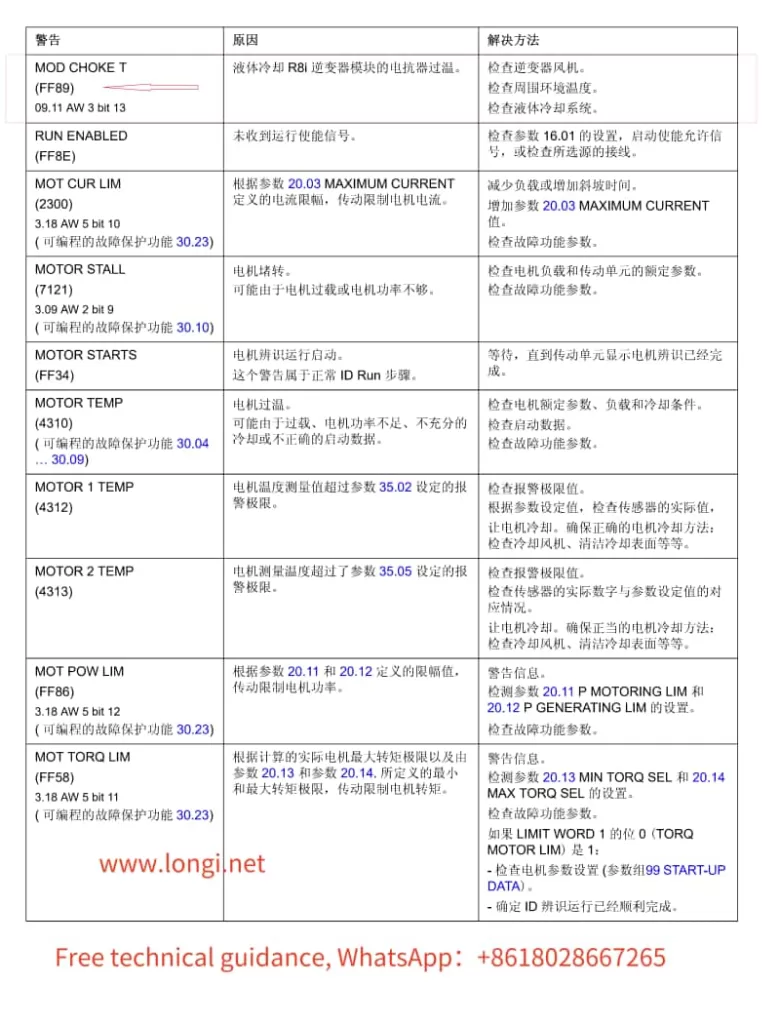I. Introduction
Gas analyzers, including online gas analyzers and flue gas analyzers, are process instruments used to measure gas compositions. They find wide applications in industries, environmental protection, and safety monitoring. Leveraging gas sensors, these analyzers detect gas types and concentrations with high sensitivity and precision, ensuring safe usage. Common types of gas analyzers include thermal conductivity, electrochemical, and infrared absorption analyzers, each operating on distinct principles.
II. Working Principles
- Thermal Conductivity Gas Analyzer:
- Utilizes differences in thermal conductivity among gases to measure concentration.
- Semiconductor metal oxide sensing elements adsorb the gas, altering electrical and thermal conductivity.
- An unbalanced voltage is output through a bridge circuit to detect gas concentration.
- Electrochemical Gas Analyzer:
- Measures gas composition based on ion quantity or current changes resulting from chemical reactions.
- Types include constant potential electrolysis and galvanic cell.
- The former applies a specific potential to electrolyze the gas at the electrode surface; the latter measures the electrolytic current of gas diffusing through a membrane into the electrolyte.
- Infrared Absorption Analyzer:
- Measures gas concentration using gas molecules’ absorption characteristics of specific infrared wavelengths.
- Compares light flux differences between a measurement chamber and a reference chamber, with alternating light path openings via a shutter, to determine gas concentration.
III. Usage
- Device Preparation:
- Ensure correct power connection and startup; check components for normal operation.
- Sample Collection:
- Collect a gas sample under safe conditions, avoiding contamination.
- Sample Injection & Analysis:
- Open the sample inlet, inject the gas sample, select appropriate measurement modes and parameter settings, and initiate the test.
- Result Recording:
- Upon analysis completion, the instrument automatically displays results; record, print, or save as needed.
IV. Common Faults & Repair Methods
- Display Stuck:
- Causes: Poor connector contact, measurement bridge open or short circuit.
- Repair: Check and address poor contact; replace connectors if necessary; repair bridge issues.
- Heating Indicator Not Lit:
- Causes: Heating plate open circuit, damaged heating indicator, open platinum resistor, or loose wiring.
- Repair: Inspect the heating plate and its connections; replace damaged parts; tighten wiring screws.
- Unstable Display:
- Causes: Unstable bridge current, abnormal power voltage, or poor wiring contact.
- Repair: Stabilize power voltage, replace damaged components; address poor contact.
- Digital Display Not Showing:
- Causes: Faulty power switch, blown fuse, or microcomputer system failure.
- Repair: Replace the power switch or fuse; tighten wiring screws; for microcomputer issues, send for factory repair.
- Low Concentration Not Detected:
- Causes: Pump inoperable, filter clogged, zero point not calibrated, or gas concentration below minimum detection limit.
- Repair: Check pump and filter status; perform zero calibration; confirm gas concentration.
- Large Value Fluctuations:
- Causes: Presence of measured gas, significant temperature/humidity variations, or sensor impact.
- Repair: Confirm site conditions; perform zero or target point calibration; if impacted, check stability after power-on aging.
V. Maintenance
- Regular inspections: Ensure proper gas flow, replace filter paper, check for gas system leaks, clean sampling probes and measurement chambers.
- Calibration: Regularly calibrate with standard gases to ensure accuracy.
- Operator Training: Ensure proficiency in correct usage, emphasize safe operations, and prevent toxic or combustible gas leaks.
VI. Brands & Models Repaired by Longi Electromechanical Company
- ABB:
- EL3020: Laser Spectrum Gas Analyzer
- EasyLine EL3000: Multi-component Gas Analyzer
- AO2000 Series: AO2020, AO2040
- EL3060: Gas Analyzer
- EL6010: Gas Analyzer
- LGR-ICOS: Laser Gas Analyzer
- Siemens:
- ULTRAMAT 23: Multi-component Gas Analyzer
- FIDAMAT 6: Hydrogen Flame Ionization Detector
- ULTRAMAT/OXYMAT 6: Multi-component Gas Analyzer
- SITRANS SL: Laser Gas Analyzer
- Emerson (Rosemount):
- Rosemount CT5400: Laser Gas Analyzer
- Rosemount 700XA: Natural Gas Analyzer
- Rosemount 951C: Oxygen Analyzer
- HORIBA:
- PG-300: Portable Multi-component Gas Analyzer
- VA-5000 Series: VA-5000, VA-5000M
- AP-370 Series: AP-370, AP-370M
- Thermo Fisher Scientific:
- i-Series: 48i (CO Analyzer), 42i (NOx Analyzer), 43i (SO2 Analyzer), 450i (CO2 Analyzer)
- T-Series: T100 (SO2 Analyzer), T200 (NOx Analyzer), T300 (CO Analyzer)
- Yokogawa:
- TDLS8000: Laser Gas Analyzer
- Zirconia Oxygen Analyzer ZR22G/ZR802G
- GC8000: Gas Chromatograph
- Sick:
- GMS800: Gas Analyzer
- MAIHAK SIDOR: Multi-component Gas Analyzer
- FIDOR: Hydrogen Flame Ionization Detector
- Servomex:
- SERVOPRO Chroma: Multi-component Gas Analyzer
- SERVOPRO 4900: Multi-component Gas Analyzer
- SERVOTOUGH Oxy: Oxygen Analyzer
- Teledyne Analytical Instruments:
- Series 2000: 2000A (Oxygen Analyzer), 2000B (Carbon Dioxide Analyzer)
- Series 3000: 3000TB (Oxygen Analyzer), 3000ZA (Sulfur Dioxide Analyzer)
- Nova Analytical Systems:
- Nova 337 Series: Multi-component Gas Analyzer
- Nova 380 Series: Portable Gas Analyzer
- Nova 410 Series: Oxygen Analyzer
- Linde Gas and Gases Division:
- LASER ONE: Laser Gas Analyzer
- GAS ALARM: Multi-component Gas Analyzer
- Fuji Electric:
- ZKJ Series: ZKJ-B (Oxygen Analyzer), ZKJ-D (Oxygen Analyzer)
- ZRE Series: Multi-component Gas Analyzer
- MKS Instruments:
- FTIR Series: MultiGas 2030
- Granville-Phillips Series: Series 835 (Oxygen Analyzer), Series 937 (Carbon Dioxide Analyzer)
- California Analytical Instruments:
- 600 Series: 600 HFID (Hydrogen Flame Ionization Detector), 600 NDIR (Non-Dispersive Infrared Analyzer)
- 700 Series: 700 NDIR, 700 HFID
- AMETEK:
- Process Instruments: Model 5000, Model 5100, Model 5200, Model 930, Model 920, Model 950, WDG-V, WDG-IV
- MOCON (Baseline): Baseline 9100, Baseline 9200, Baseline 8800, Series 9000, Series 8900
- Process Instruments (Thermox): Thermox WDG-IV Series, Thermox CEM/O2, Thermox CG1100
- Power Instruments: Model 212, Model 221, Model 241CE
- Land: Lancom 4, FGA Series, Carbon Monoxide Monitor
- Orbisphere (Hach): Orbisphere 3650, Orbisphere 6110, Orbisphere 3100
Longi Electromechanical Company specializes in the repair of gas analyzers, with nearly 30 years of experience. We swiftly repair various instruments and also buy and sell used analyzers. Contact us for more information.


